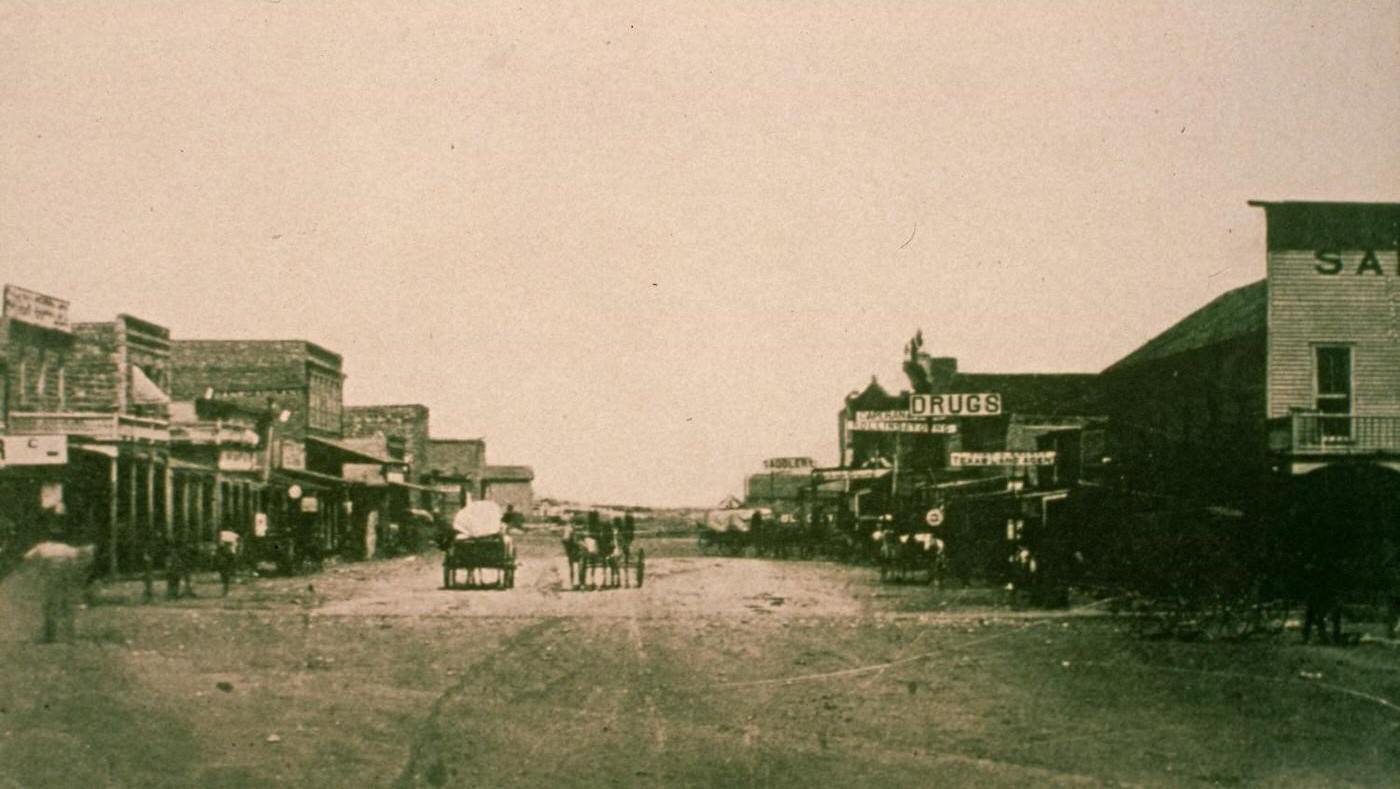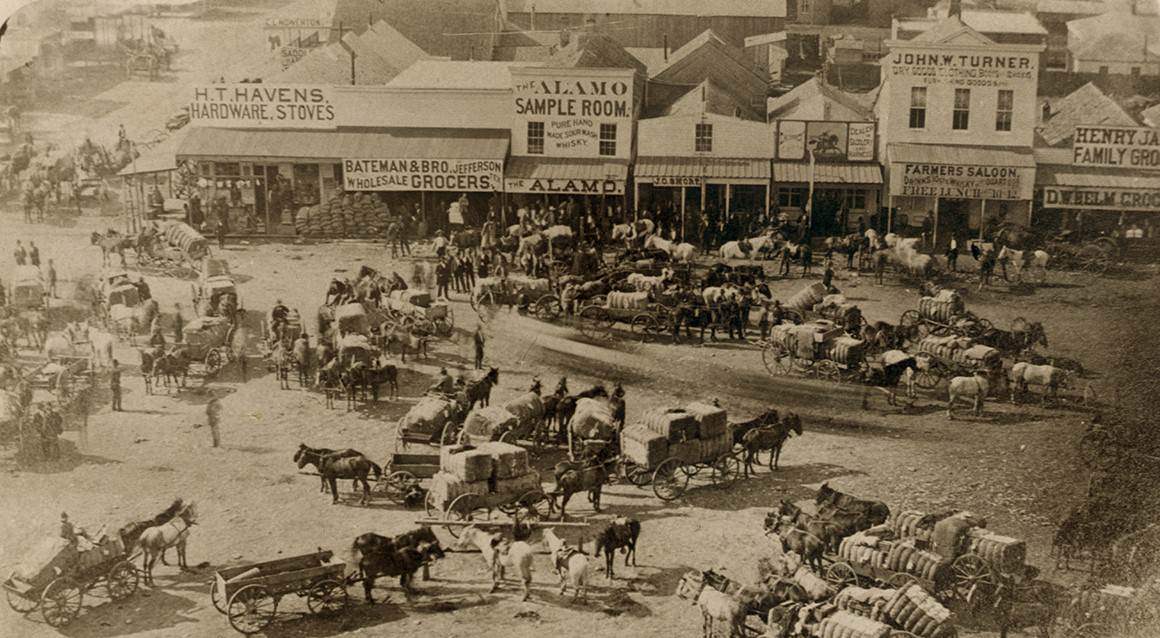Abilene, Texas, entered the 1890s as a town shaped by the railroad. Founded just a decade earlier, in 1881, its connection to the Texas and Pacific Railway was its lifeblood. The railroad station was a central hub of activity. Trains brought supplies, new residents, and news from the outside world. They also carried away the products of the region, primarily cattle and cotton.
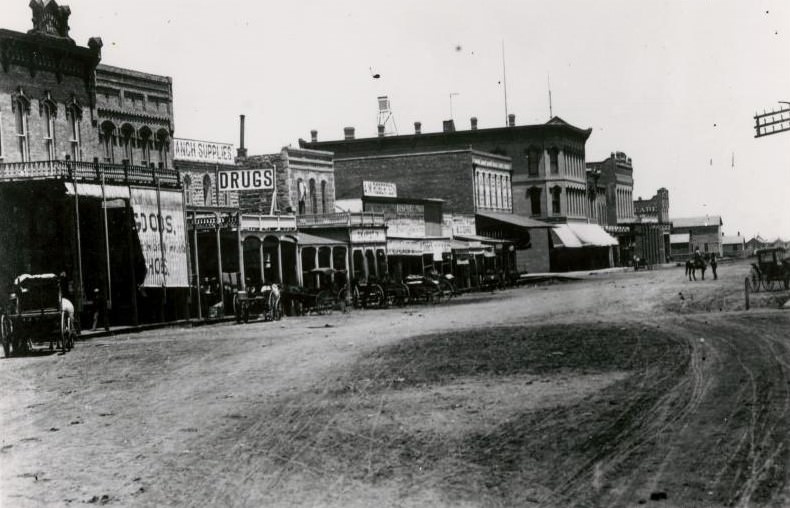
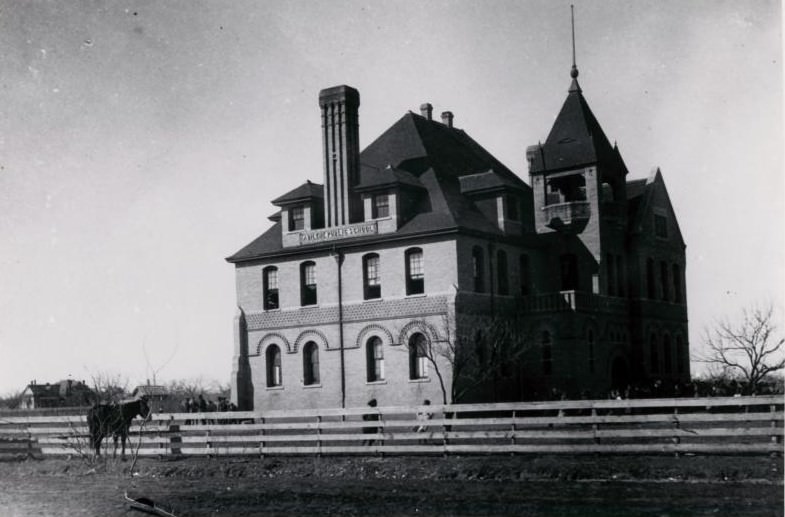
The town continued to grow during the 1890s. More people arrived, seeking opportunities on the Texas plains. New houses were built, often simple wooden structures reflecting the practical needs of the time. Downtown Abilene saw the construction of more substantial brick buildings. These housed banks, stores, and offices. Businesses like general mercantiles sold everything from tools and fabric to food staples. Blacksmiths kept horses shod and wagons repaired. Livery stables provided horses and buggies for rent or boarding.
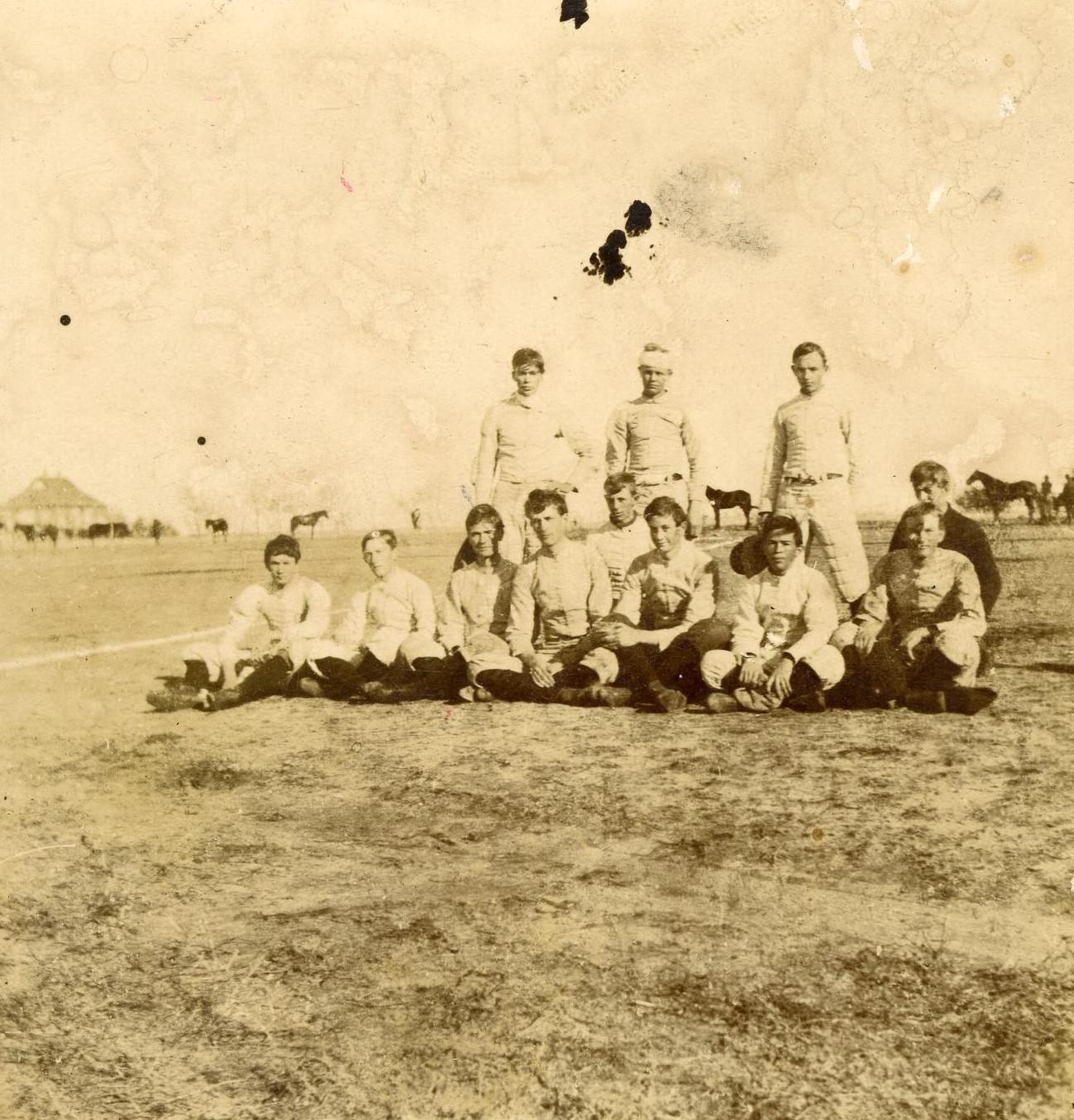
A major development occurred in 1891 with the founding of Simmons College. Supported by the Baptist church, the college aimed to provide higher education in West Texas. Its establishment brought students, faculty, and a new focus on education to the community. The presence of the college began to add another layer to Abilene’s identity beyond just being a railroad and agricultural center. Toward the end of the decade, in 1899, the state legislature authorized the creation of the State Epileptic Colony in Abilene, although its actual construction and opening would happen in the following decade. This decision marked another step in Abilene’s growth as a regional center.
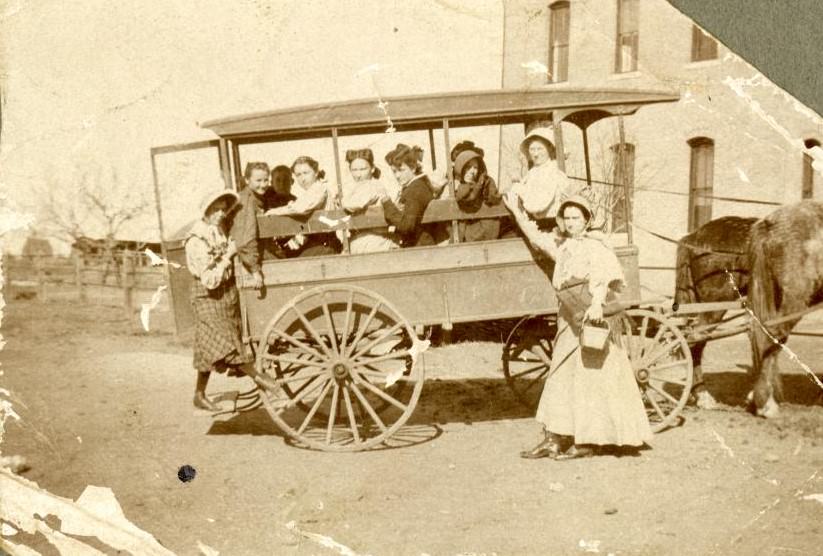
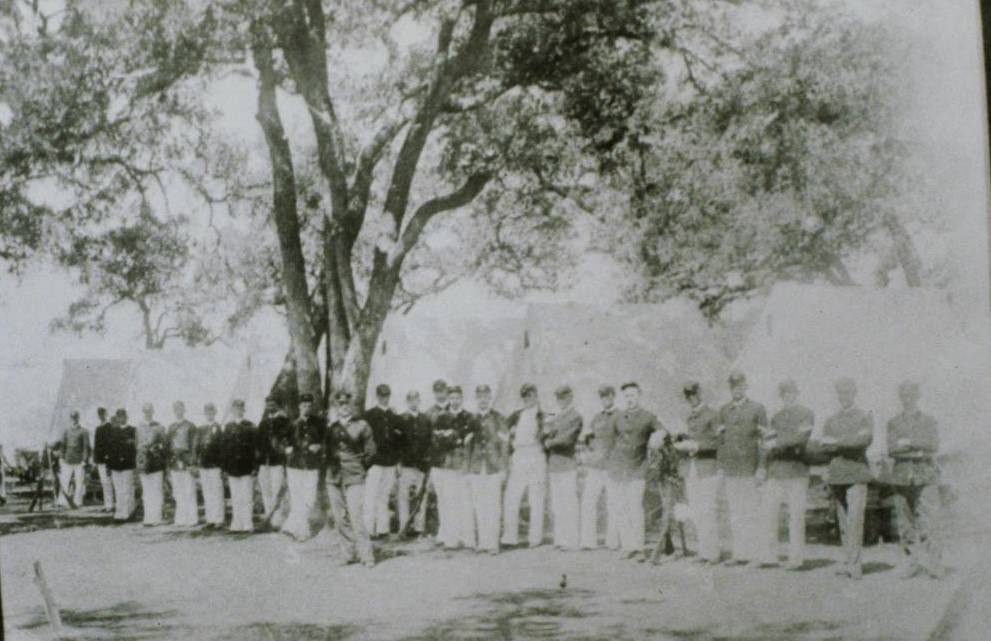
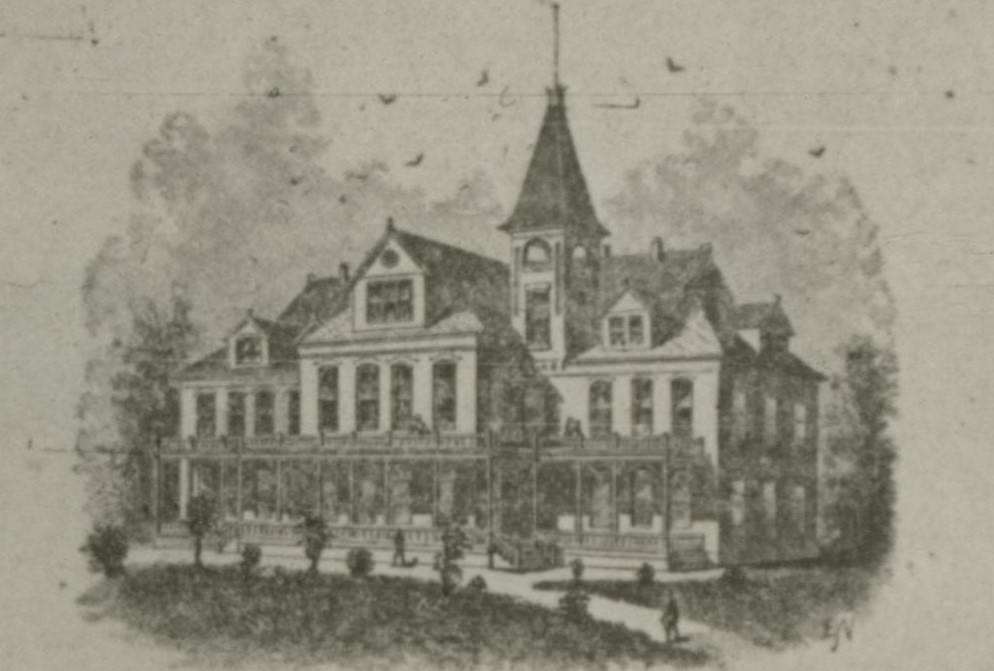
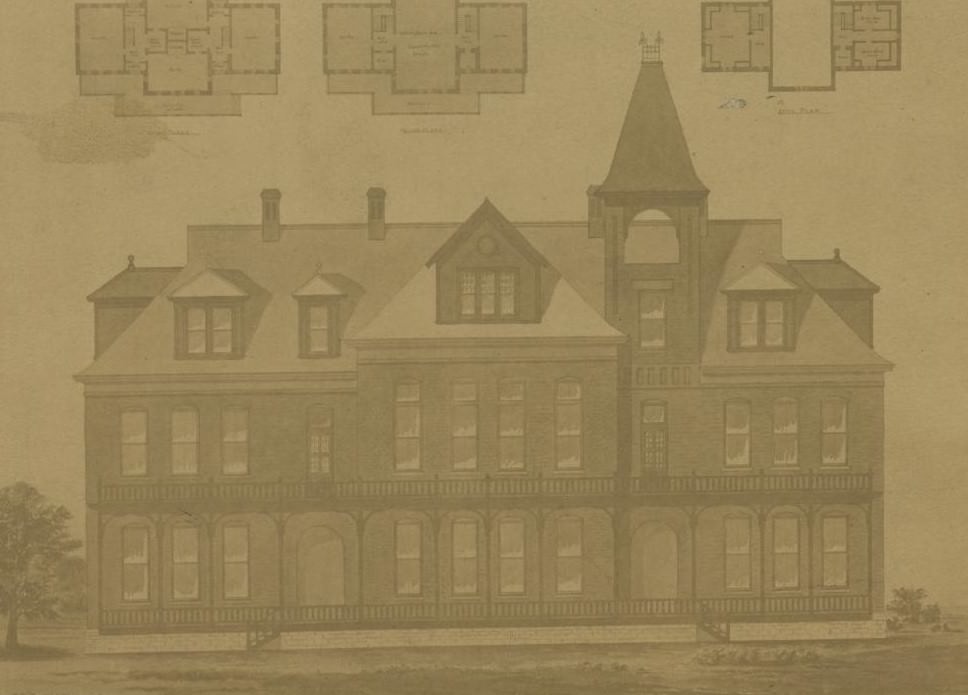
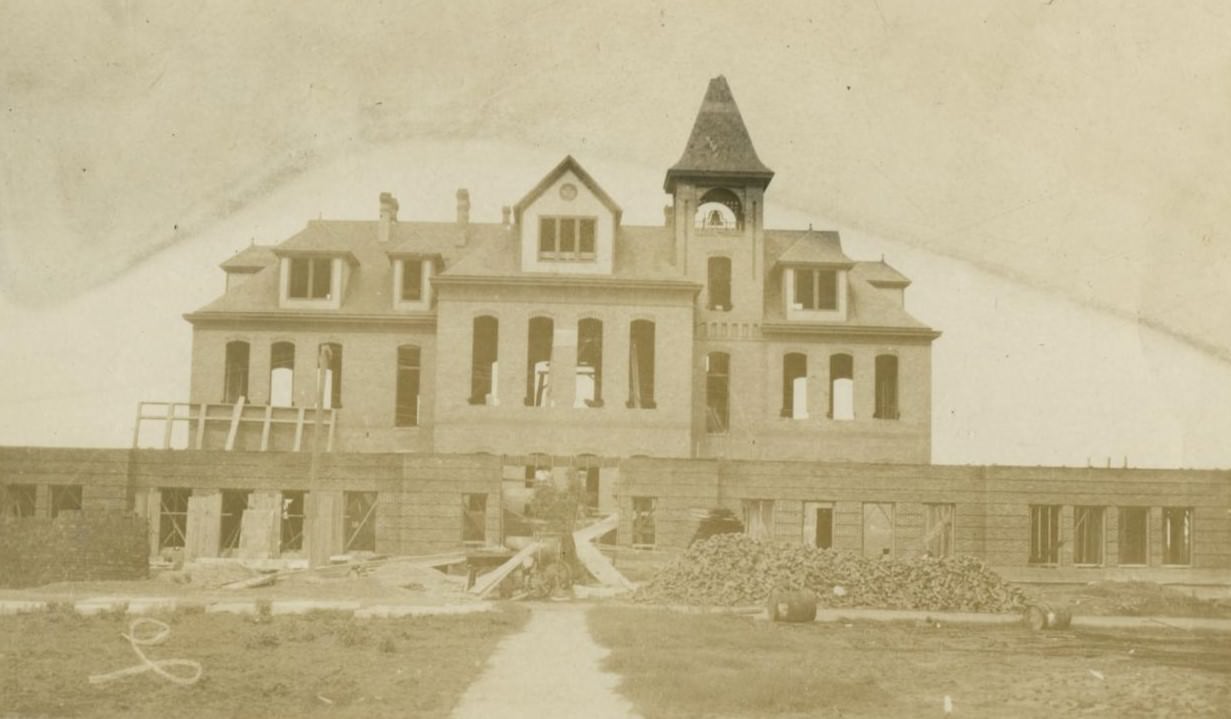
Streets in Abilene during the 1890s were mostly dirt. This meant dust clouds in dry weather and thick mud after rains. Wooden sidewalks lined the main streets, offering pedestrians a way to stay above the muck. Efforts to improve infrastructure were ongoing but basic. Access to clean water often relied on wells and cisterns. The widespread availability of electricity and sophisticated plumbing was still in the future for most residents.
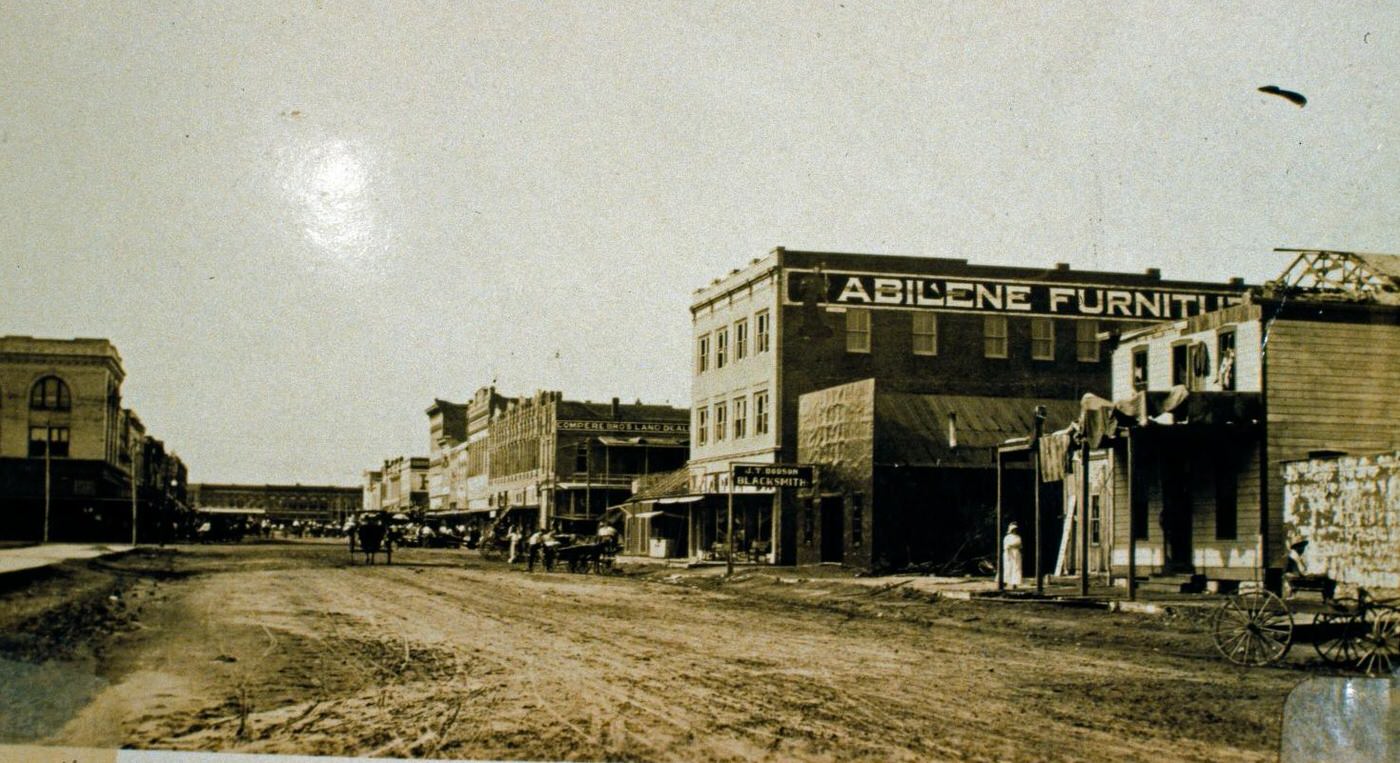
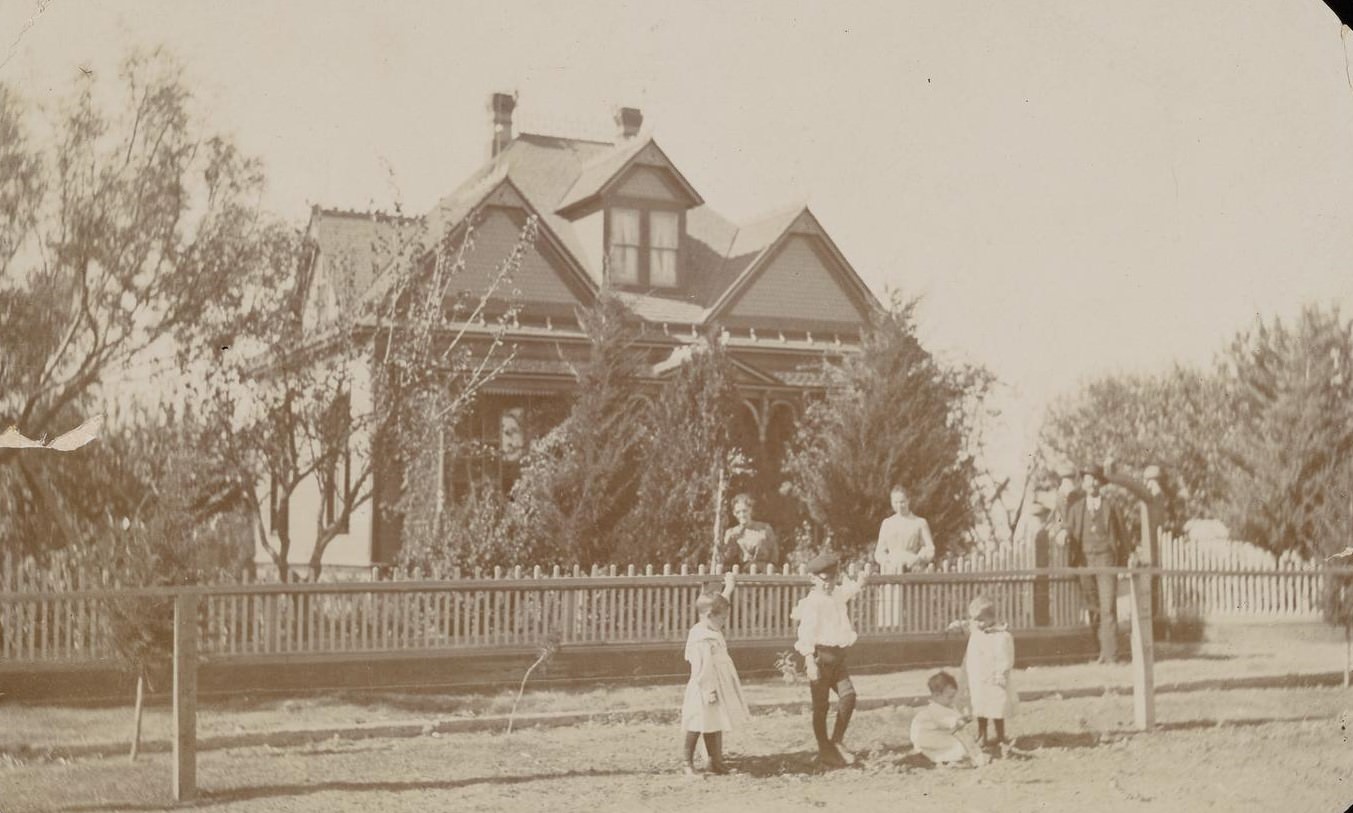
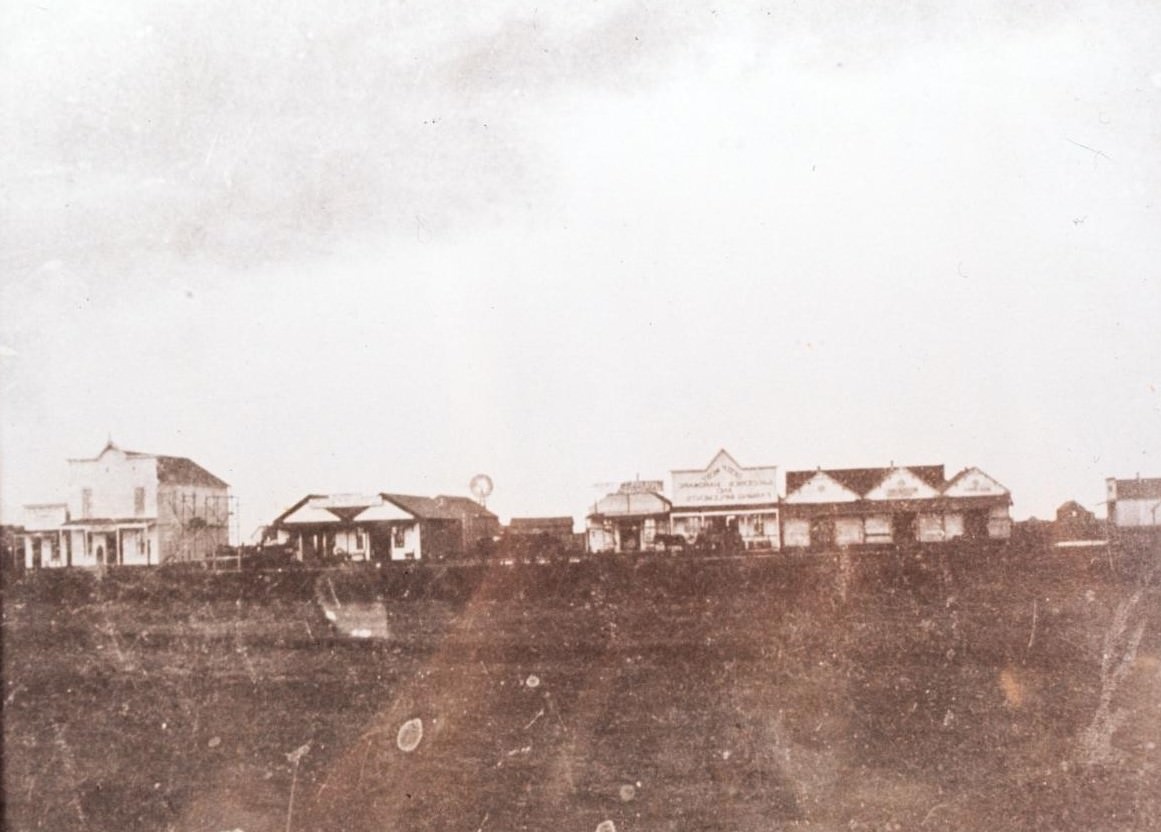
Agriculture was central to the area’s economy. Cotton farming expanded significantly around Abilene in the 1890s. Cotton gins were built to process the harvested crop before it was shipped out by rail. Cattle ranching remained important, though the era of massive cattle drives directly through town was over. Ranchers used the railroad to transport their livestock to markets.
Community life developed around several key institutions. Churches representing various denominations were established early and served as centers for worship and social gatherings. Schools provided basic education for the town’s children. Local government worked to provide order and manage the town’s affairs.
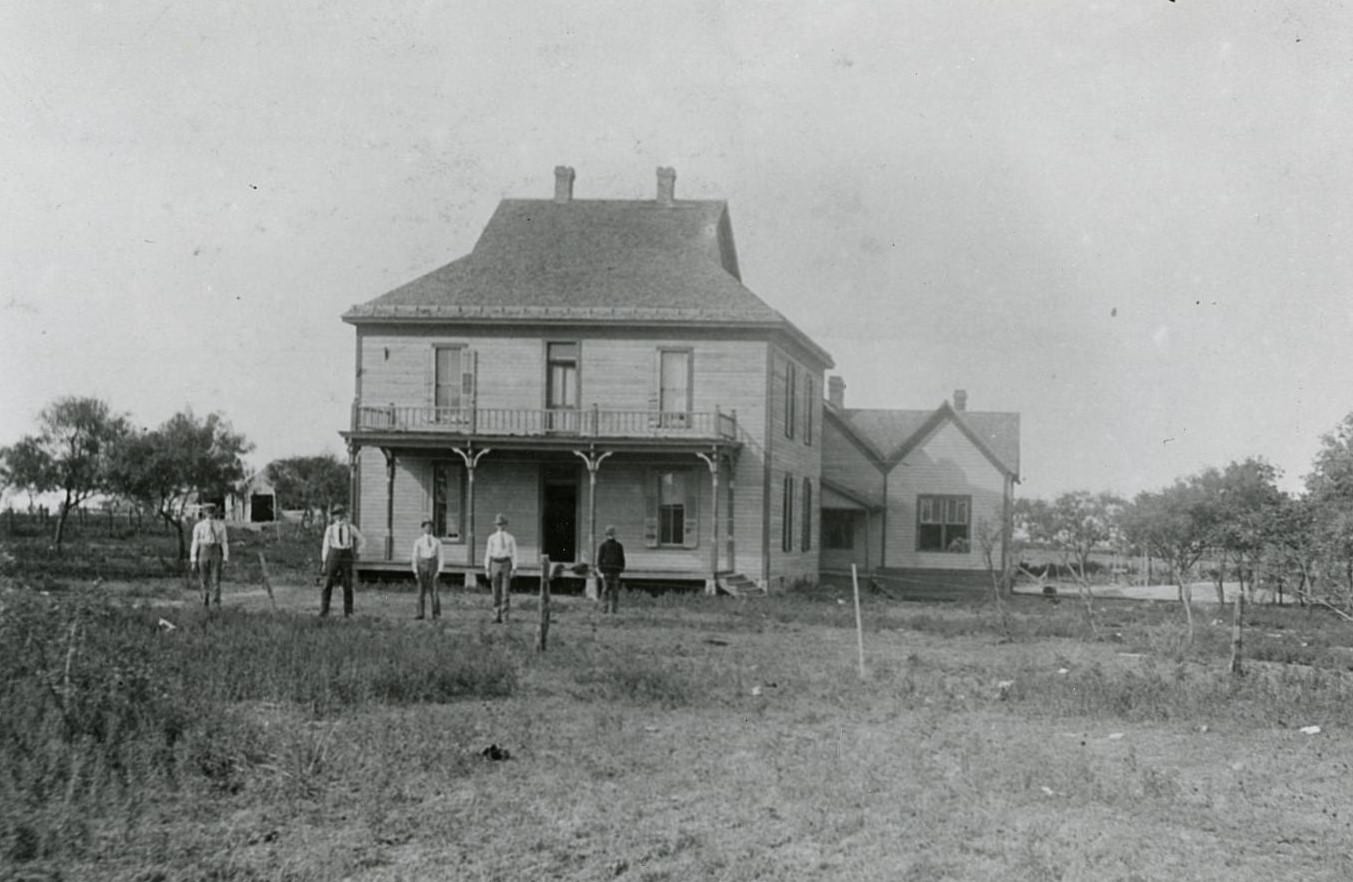
Daily life involved hard work for most people. Farming, ranching, running a business, or working for the railroad demanded effort. Social activities included church events, picnics, and community meetings. Traveling entertainment troupes sometimes passed through, offering plays or musical performances. The town was establishing routines and traditions as it matured from a raw frontier settlement into a more permanent community. Law enforcement maintained order, dealing with local disputes and crime.
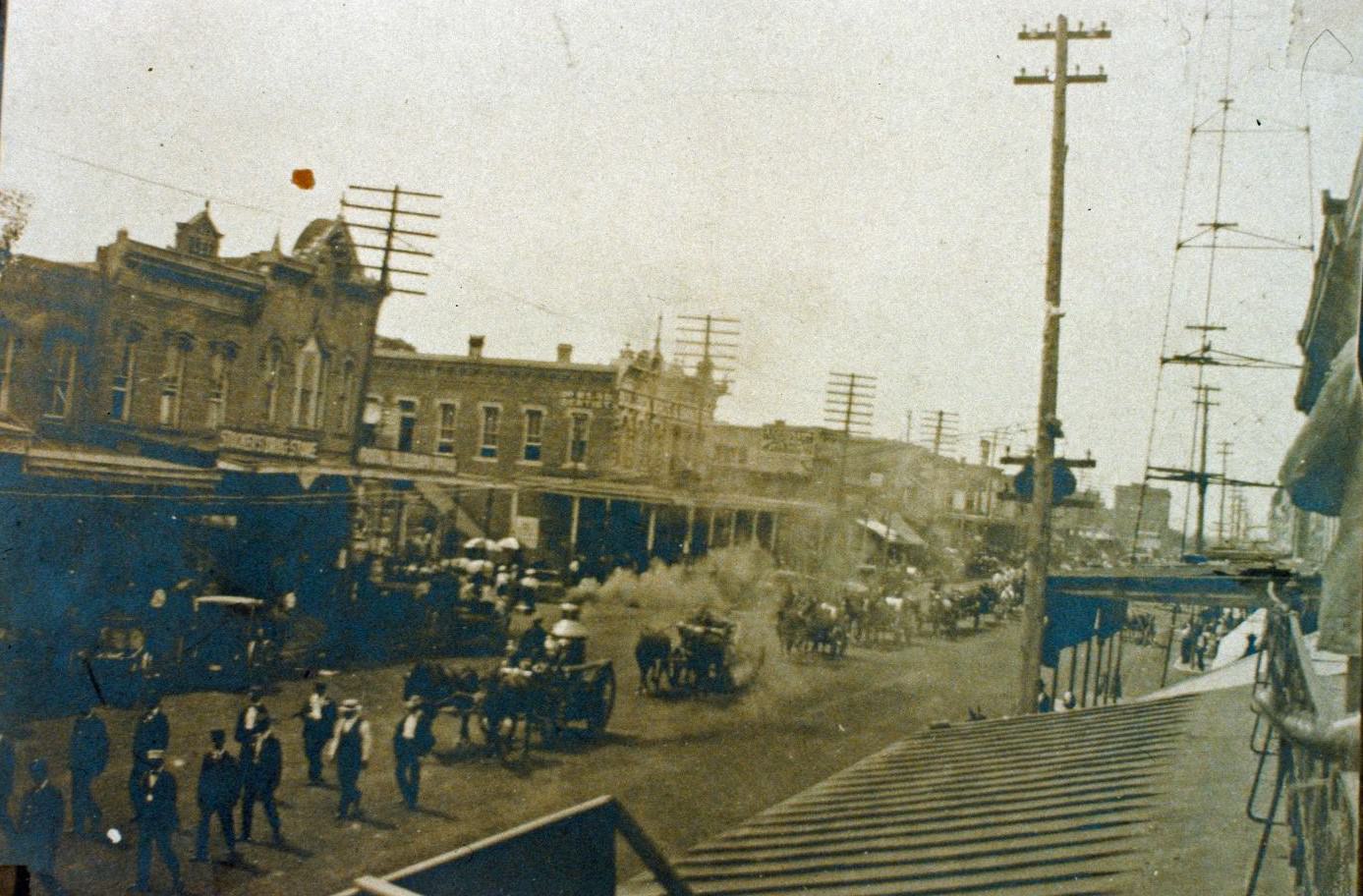
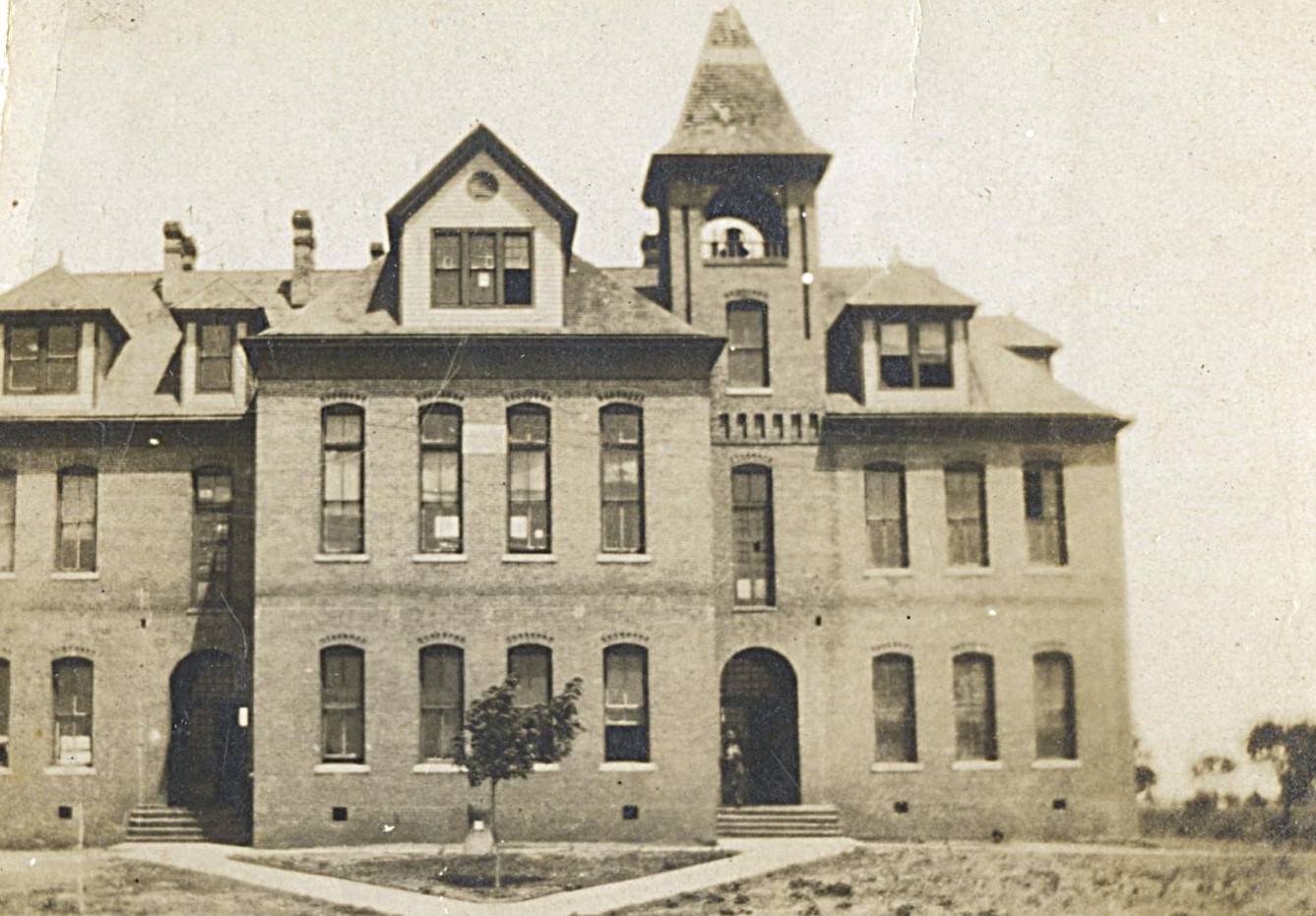

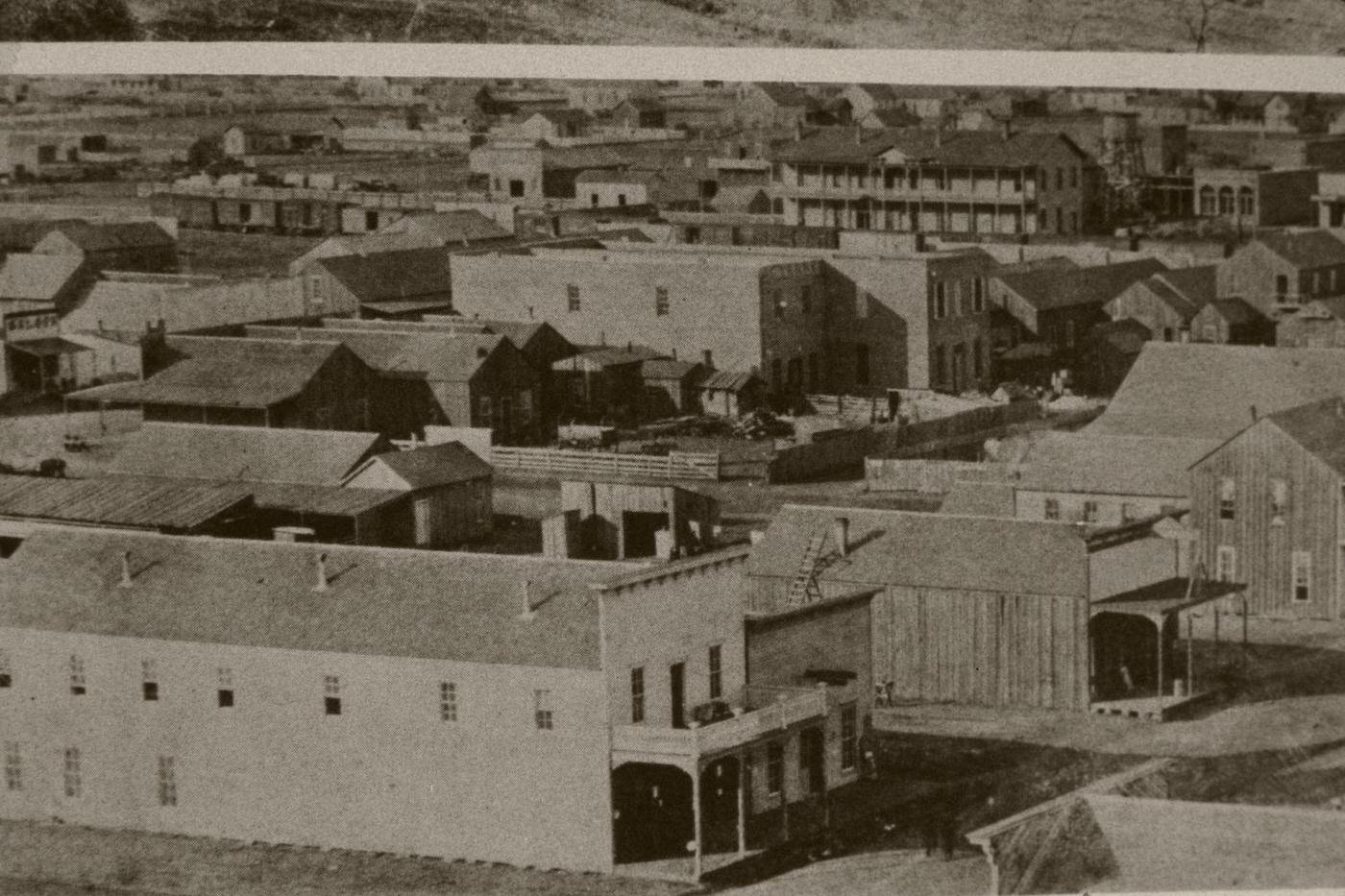
Image Credits: Hardin-Simmons University Library, McMurry University Librar, The Grace Museum, texashistory.unt.edu, wikimedia
Found any mistakes? 🥺 Let us Know

